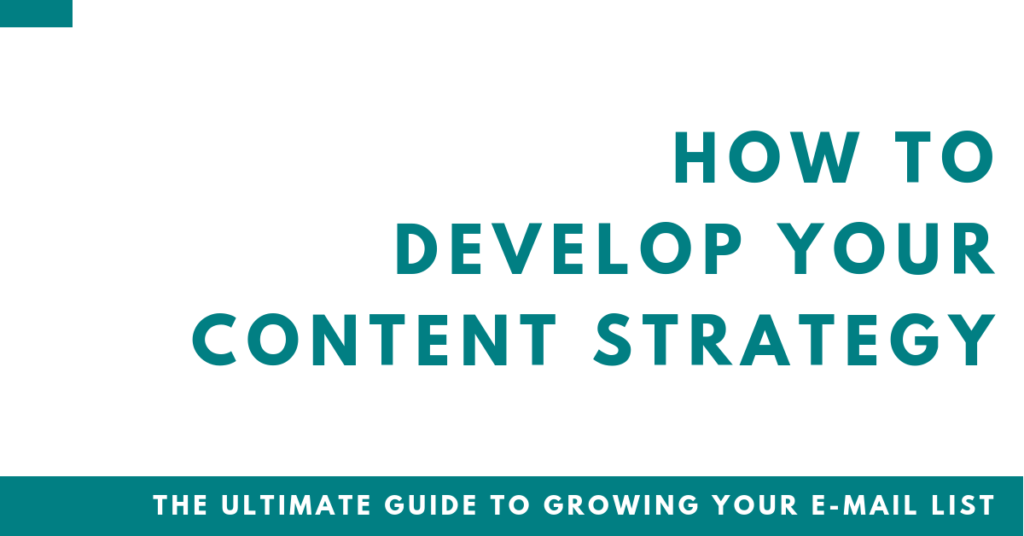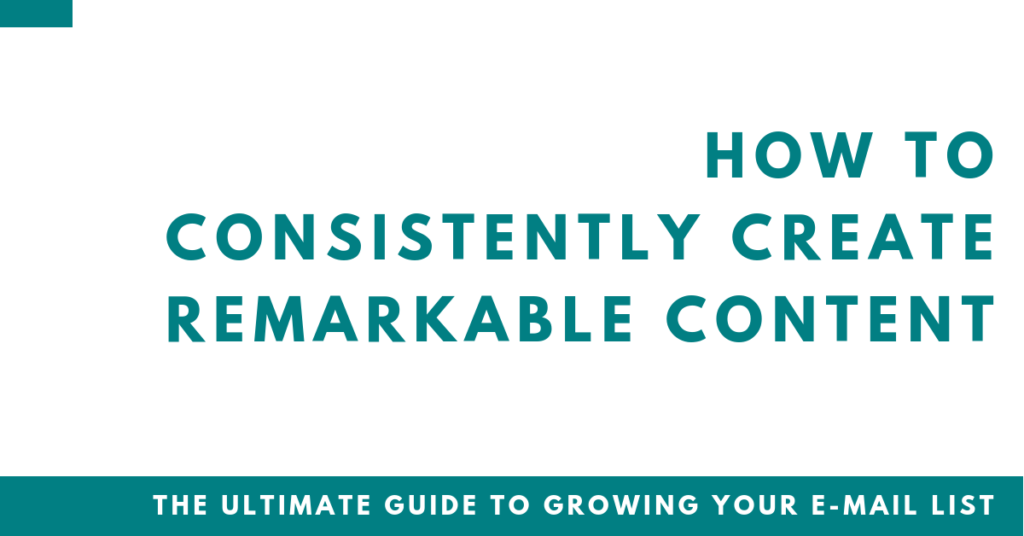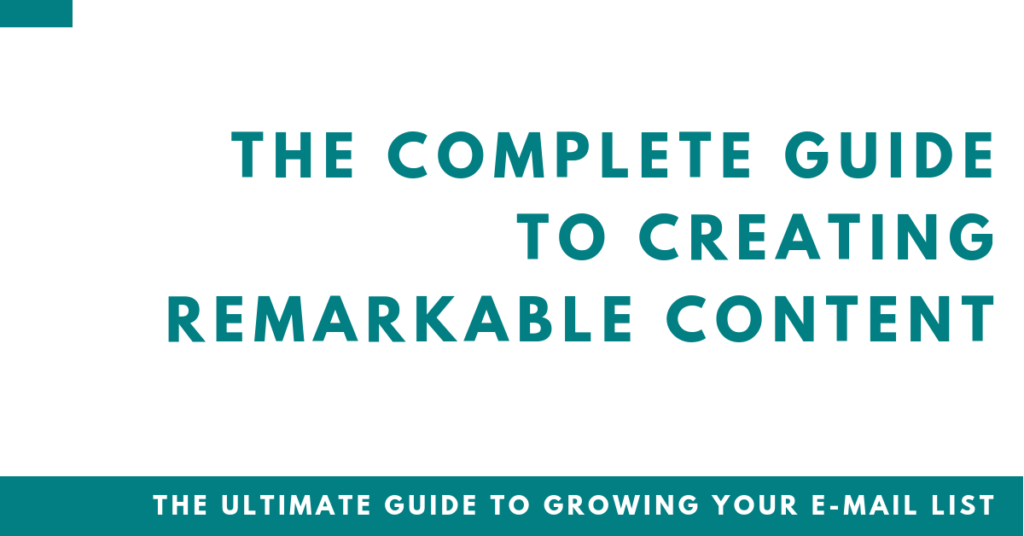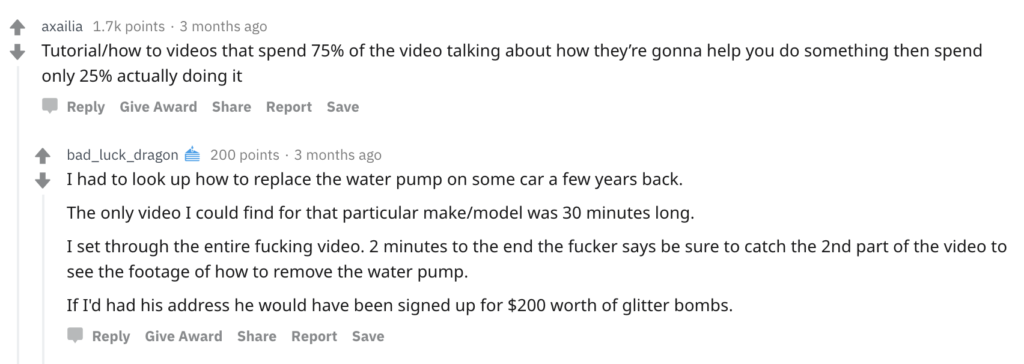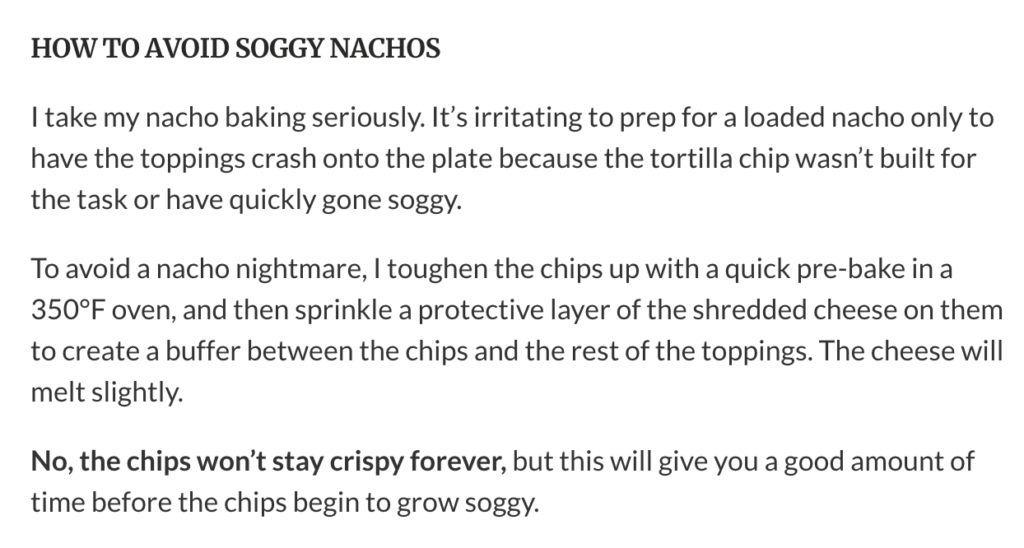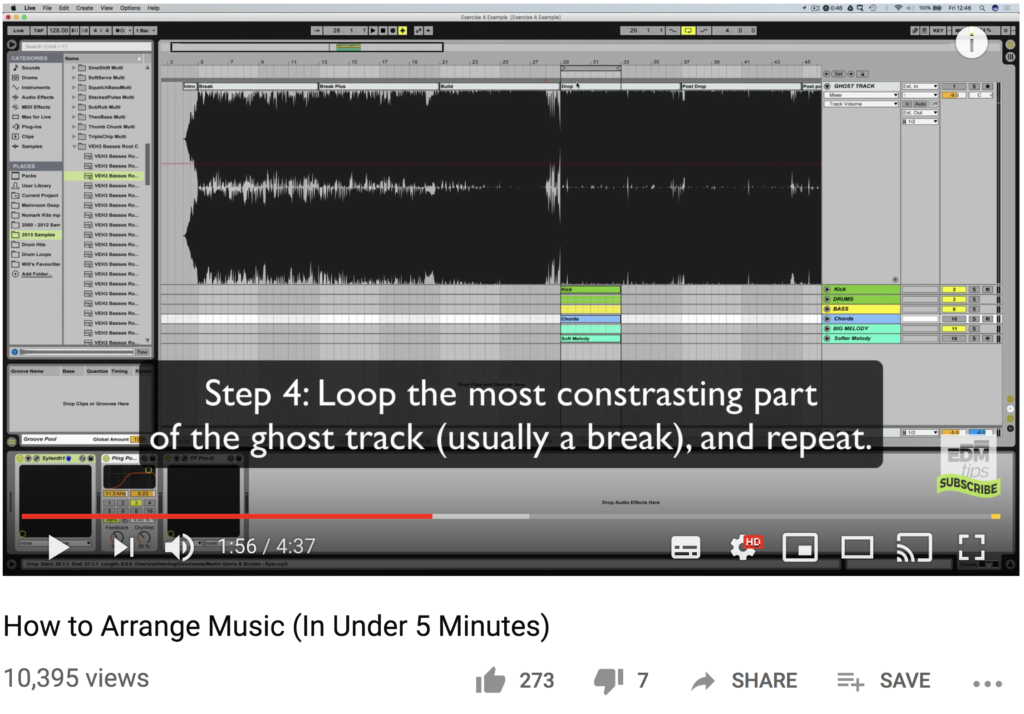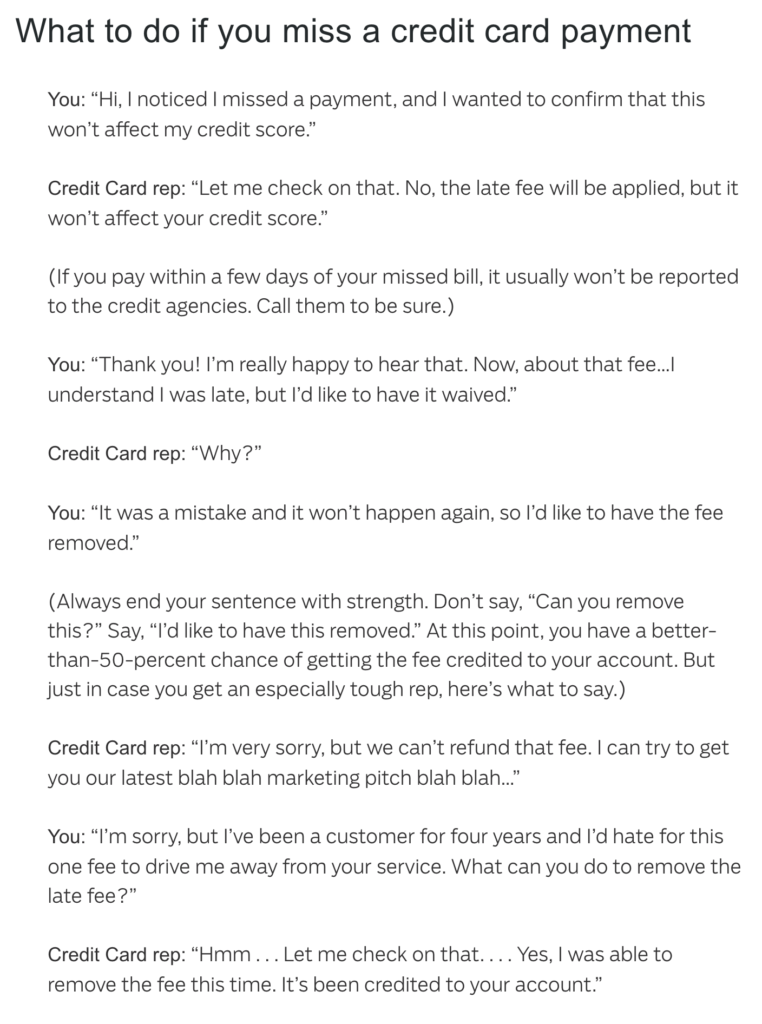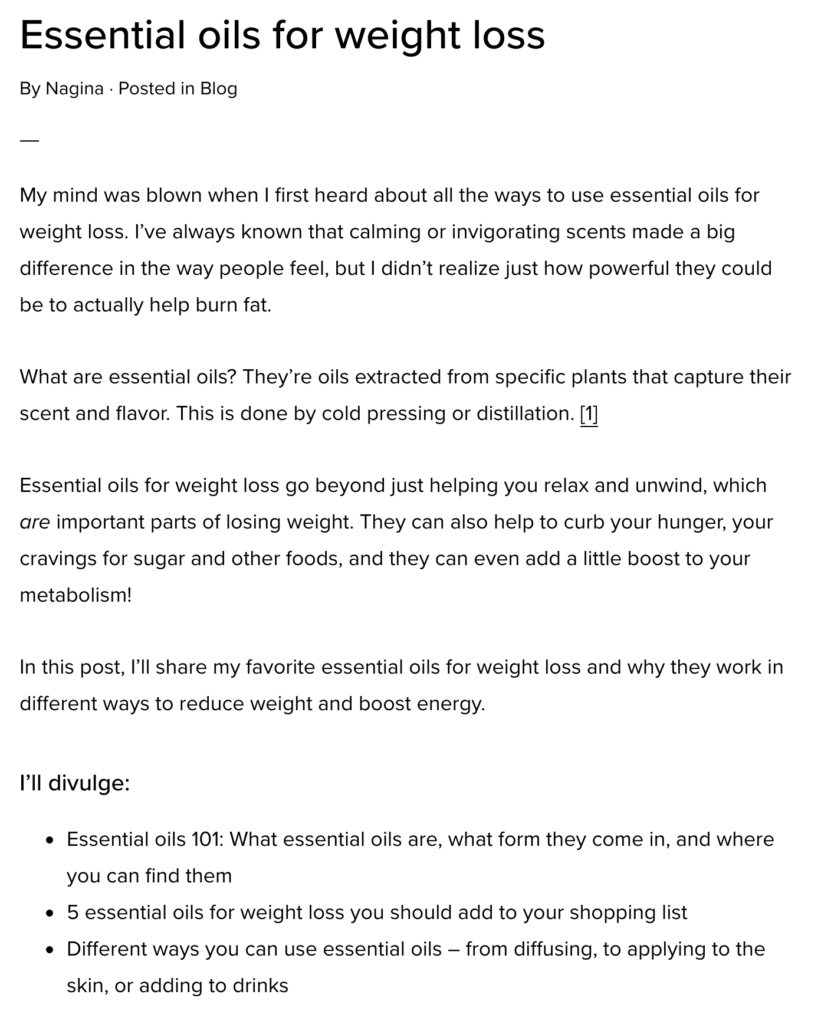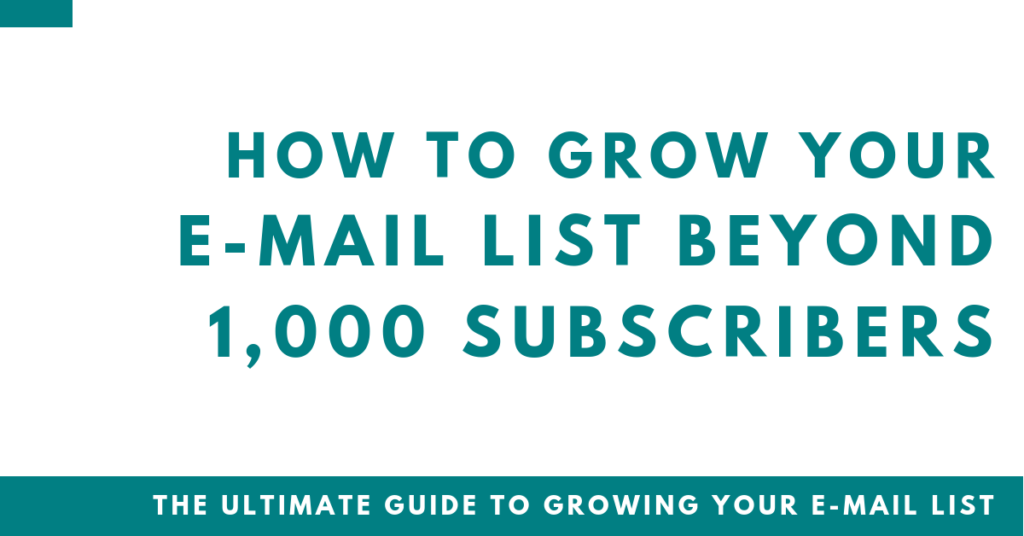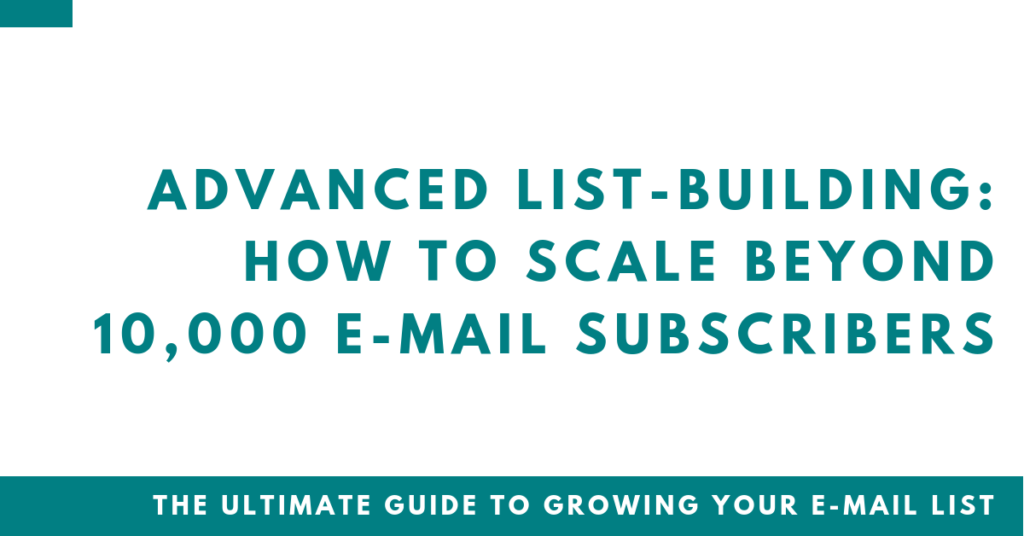
You’re currently reading Chapter 16 of The Ultimate Guide to Growing Your E-mail List.
How can you scale your e-mail list BEYOND 10,000 e-mail subscribers? What about 20,000? Or 40,000?
Sooner or later in your list-building journey, you’ll hit a plateau where your e-mail list growth will stall. Sure, your e-mail list will still grow steadily, but it won’t grow exponentially any more.
At that point, you’ll wonder “what can I do differently to grow my e-mail list 2x, 5x or 10x as fast?” and “how can I go from 10, 20 or 30 e-mail subscribers per day to 50, 100, or 150?”.
That’s exactly what we’ll cover in this post.
The good news is that if you already have 5,000 or 10,000 e-mail subscribers, you’re already doing A LOT of things right:
- You’ve found your Profitable Online Business Idea
- You have one or more Epic Lead Magnets
- You’re consistently creating Remarkable Content
And your e-mail list is growing by tens of e-mail subscribers.
Nice job, give yourself a pat on the back! You’ve already made it further than 99% of online entrepreneurs.
How to Break Your List-Building Plateau
You can’t really know WHEN you’ll hit a plateau with growing your e-mail list, but one day, it will come.
Perhaps a strategy that used to work will suddenly stop working over-night. This is exactly what happened to Karen Dudek-Brannan:
“For 5 months, I created content on my blog, and hustled in Facebook groups to promote it. That got me to 2,000 subscribers. Then, one day, it stopped working. The Facebook groups got less and less engagement and other people started promoting their content as well, and I wasn’t getting the same results any more.”
Or, you’ll be in luck, and your core strategy WILL keep working well beyond 10,000 e-mail subscribers (Luke McIntosh from Become a Bassist successfully grew his e-mail list through 77 YouTube videos to over 25,000 e-mail subscribers). But even then, you’ll eventually hit a ceiling of results you can get with the time you have on your hands.
At that point, you’ll know you need to change something, as just “creating more content” won’t do the trick any more. You’ll have to go back to the drawing board and create new ways to grow your e-mail list.
WARNING: Don’t go and look for advanced list-building strategies UNTIL you hit a plateau. Instead, focus on “squeezing the lemon” out of the strategies that are working well, BEFORE moving on to other strategies. Keep doing more of what works and putting in the work – who knows, you current strategy might help you get to over 20,000 e-mail subscribers.
Ok, back to breaking the plateau.
Surprisingly enough (or not), the solution to your problem isn’t throwing money at the problem through Facebook Ads, or learning about advanced e-mail list segmenting. Those strategies might have the time and place in your online business, but they’re not the most efficient ways to continue growing your e-mail list an effective way.
Instead, the solution tends to be much simpler.
The Layering Strategy: The Simplest Way to Exponentially Grow Your E-mail List
The answer to exponentially growing your e-mail list is surprisingly simple.
Once you hit a Growth Plateau with your current list-building strategy, layer new strategies on top of existing ones.
Let’s look at a few different real-life examples of entrepreneurs that did just that to grow their e-mail lists beyond 10,000 e-mail subscribers.
This is how Karen Dudek-Brannan grew her e-mail list to over 14,000 e-mail subscribers:
“I focused on layering one thing at a time, and having one paid and one free strategy that is working at all times. Now I get about 50 new e-mail subscribers a day, and a total of 14k subscribers.
I’ll take courses about new strategies, try to look for a specific person that’s good at it, and take their course. I got Melissa Griffin’s Pinterest course, binge-watched the course for a few weeks, spent 3-4 weeks of doing little stuff, 4-6 weeks watching the course and setting everything up.
Then I was in the routine of implementing the strategies. “You need to spend this much time per week, pin this much, and use these apps”. Pin at least 30 things/day, use tailwind – schedule a lot of stuff out, batch it – 2-3 hours every couple of weeks, pins, keywords, figure out how to drive traffic to your posts, during the big batch, just pin stuff. Try a bunch of different things. See what works.
I implement one strategy at a time, and the more strategies I have working, the less risk I have. The more things I have over time, the less fear I have.”
Karen has successfully added layers like Facebook Ads, Pinterest, and now Instagram to her first layer of creating blog posts and sharing them in Facebook groups.
Next, let’s look at how Nagina Abdullah from Masala Body grew her e-mail list to over 16,000 e-mail subscribers (she cleaned her e-mail list multiple times in the process):
“When I started out, I just focused on guest posting, and grew my e-mail list to 5k subscribers. It took me 2 years of heavy guest posting to get there. Other things came out of guest posting: ideas for programs, relationships with people.
Then, I added on a layer of publicity to get extra credibility, got a FOX news interview, pitched a lot to media, a lot of business insider articles, a huffington post feature, I focused a lot on pitching.
I later layered on 6 additional strategies (Social Media, Facebook ads, Podcasts, Summits, Partnerships and SEO) which all helped me keep growing my e-mail list, and I currently focus on the last 4 strategies.”
Nagina followed a very similar approach to Karen – she created 8 different layers of list growth to continue growing her e-mail list through different channels – one at a time:
“I always learned from someone (for partnerships, I joined the partnership accelerator), and in 4 weeks, I learned all the methods (examples of partnerships, templates to pitch), got up to speed, then hired someone to do it for me.”
Finally, when I asked Christina Rebuffet from Speak English With Christina what her biggest “inflection point” in her list growth was, she said:
“It was definitely SEO. I learned about SEO, optimized my videos and blog posts, and hired an SEO manager. Since last summer, we’ve added 10k people to our e-mail list”
Take a look at any online entrepreneur with an e-mail list of 20,000, 50,000 or even 100,000+ e-mail subscribers, and you’ll find that they have one thing in common: They all have layers of list-building strategies that keep bringing new e-mail subscribers their way day after day.
Learn, Master, Systematize, Delegate
If you’ve read this far, you’re probably thinking “that’s great, but I couldn’t possibly create all the content I’m already creating, keep my business running, AND add new list-building strategies to my business. There’s just too few hours in my day!
And you’d be right.
That’s why, to make all the time and space for mastering new strategies, you need to decrease the amount of time and energy you spend on your existing strategies.
The best way to do that is by bringing on new people to your team that can support you in content creation and list-building.
For example, this is how Nagina Abdullah streamlined her list-building efforts through Podcast interviews:
“After I learned about podcasting, I created a system, and reached out to 5 podcasts/week. I later hired a virtual assistant to pitch podcasts regularly, after I did it myself for several months to see if it’s worth it. I choose one strategy at a time, get really good at it, systematize it, and hire someone else to do it for me. That way I built a system that I can manage over time.”
Once you’ve mastered a new list-building strategy that keeps bringing new e-mail subscribers to your business week after week, you can bring on team members to help you with parts of (or the whole) strategy.
The most common hires are:
- A Virtual Assistant: To help you with things like formatting blog posts, importing them into WordPress, editing / uploading YouTube videos, organizing customer research, and pitching podcasts, guest posts or partnerships
- A Copywriter / Copy Editor: To help you create remarkable blog posts, Ultimate Guides, lead magnets, and eventually even write sales pages and sales funnels.
- SEO Manager: To help you with SEO research and optimization for your blog posts or YouTube videos
- Facebook Ads Manager: To help you with paid advertising
You’ll likely want to start with a Virtual Assistant to help you take over some of the easier tasks, and later on delegate the work you don’t particularly enjoy doing that’s harder to delegate (like creating blog posts).
As you implement the Layering Strategy, you’ll typically follow the following steps:
- Learn & Master: Take 3-6 months to learn and master a new list-building strategy (joining online courses or hiring coaches to speed up your progress helps tremendously), and get it to the point where it’s consistently bringing high-quality e-mail subscribers to your business
- Systematize: Create a system you can execute that helps you repeatedly grow your e-mail list (like pitching 5 podcasts a week with a set of proven scripts)
- Outsource & Delegate: Then, once you want to add a new layer of list-growth to your online business (or have money to spare for hiring), you can outsource or delegate your system to a contractor or a team member
You can go through the above steps over and over again, and scale your e-mail list well beyond 10,000 or 20,000 e-mail subscribers by adding a layer upon layer to your list-building efforts.
A Word on Cleaning Your E-mail List
Finally, let’s touch on a subject that you’ll need to learn about as you build your e-mail list to tens of thousands of e-mail subscribers: cleaning your e-mail list.
Over time, it’s natural that less and less e-mail subscribers will open your e-mails, click through them, and buy your products or services.
These are typically called “cold subscribers”, and are defined by e-mail subscribers that don’t open any of your e-mails over a set period (typically the last 90 days).
These “cold subscribers” lost interest in what you had to say or moved on to different things in their lives, and likely won’t buy any products or services from you in the future.
After a while, they’ll become “dead weight” that you’ll pay hundreds of dollars for every month (maintaining an e-mail list of 20,000+ people can be expensive), and it might make sense to “purge” them from your e-mail list.
This is a painful process, especially emotionally (as Vickie Gould said when we had a conversation about this topic):
“Cleaning up the list feels like stabbing you in the heart. But if people aren’t opening your e-mai list and don’t want to hear from you, then remove them”.
But like Danny Margulies said, going through the pain is worth it:
“I had an e-mail list of 40k subscribers, and cleaned it to 20k. It was heart-braking but it saved me over $1k/year in fees, the open rates of my e-mails are higher, and the deliverability is better”
When your e-mail open rates start dropping way below where you want them to be (for example, you used to get 30-35% open rates, and they drop to 15-20%), it’s time to clean up your list.
To learn how to do that, you can read the detailed tutorials from your e-mail providers (here’s an example from ConvertKit).
It hurts to clean your e-mail list and it might feel like taking a step back, but you’ll soon see that it’s much better to have an e-mail list that’s actually interested in hearing from you, than to keep the people who aren’t.
Summary: How to Scale Your E-mail List Beyond 10,000 E-mail Subscribers
As we discussed in this post, scaling your e-mail list beyond 10,000 e-mail subscribers is surprisingly simple:
- Use the Layering Strategy to add new list-building strategies to your online business
- Learn, Master, Systematize and Delegate existing strategies to create time and space for adding new strategies to your business
That’s all really need to know (on a high level) to continue growing your e-mail list to tens of thousands of e-mail subscribers.
Congratulations! You’ve made it to the FINAL chapter of The Ultimate Guide to Growing Your E-mail List!
Congratulations!
You’ve made it to the very end of this 440+ page guide :).
I hope you enjoyed reading it just as much as I enjoyed writing it, and that it will help you grow your email list by thousands of new email subscribers.
It’s been one hell of a journey, that’s for sure!
Now if you enjoyed reading the guide, I’d like to ask you for a quick favor.
I know a lot of entrepreneurs struggle with growing their email list, and I’d really like this guide to reach as many of them as possible.
If you enjoyed the guide, I’d love for you to share this link to the guide with your entrepreneurial friends:
https://primozbozic.com/list-building-guide/
You can email it to your friends, send them a Facebook message about it, share it through your Twitter, LinkedIn or Facebook, or share it in online communities you’re part of.
It would mean the world to me to spread the word about this guide and reach as many people as possible.
And if you REALLY enjoyed the guide and wanted to let me know about it, please do leave a comment here. I read all the comments.
Thank you in advance - you rock.
Until next guide,
-Primoz
Are you ready to build an e-mail list of 1,000+ BUYERS?

Download the full 393-page PDF version of this EPIC list-building guide, to print it out or read it on the go!
